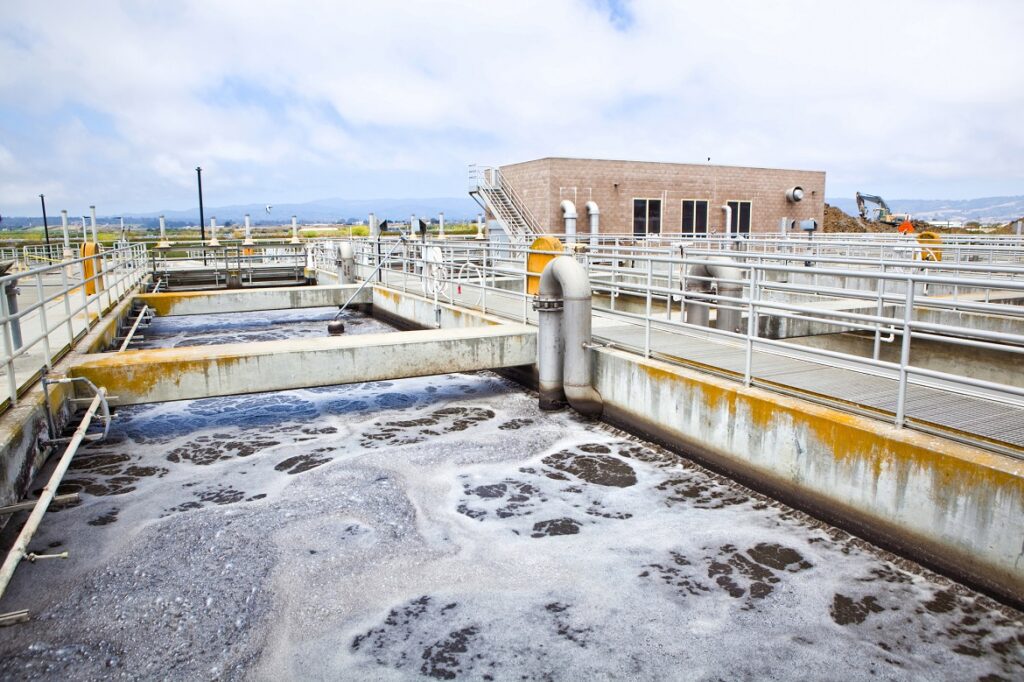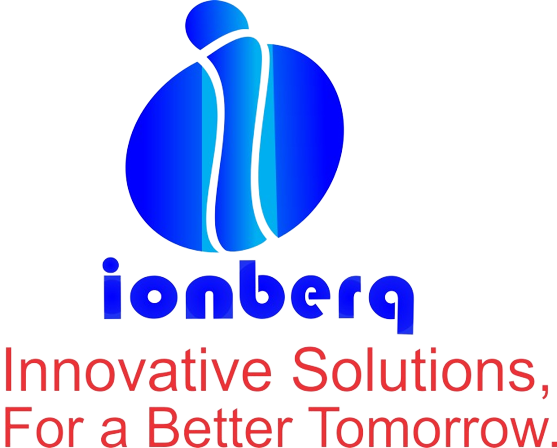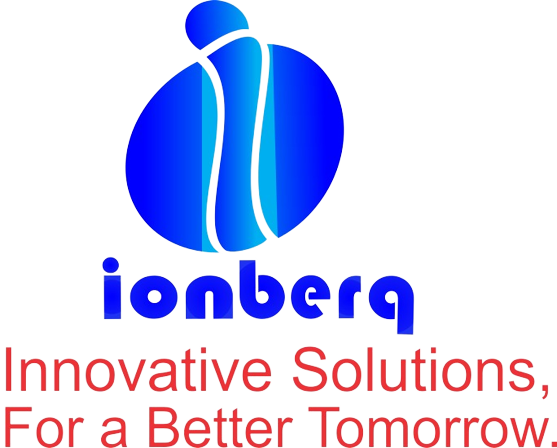Activated Sludge Process

Activated Sludge Process
Biological Wastewater Treatment with Activated-Sludge Process The picture below shows a simplified flow diagram for biological processes used for wastewater treatment. The influent wastewater (e.g. municipal wastewater) goes through several stages in which different compound are removed out of the wastewater. Simplified flow diagram for a biological wastewater treatment with a activated-sludge process. In the Bar Rack coarse solids are removed, such as sticks, rags, and other debris in untreated wastewater by interception. By use of fine screening even floatable matter and algae are removed. In the Grit Chamber grit is removed consisting of sand, gravel, cinders, or other heavy solid materials that have subsiding velocities or specific gravities substantially greater than those of the organic putrescible solids in wastewater.
Process
The Primary Clarifier is a basin where water has a certain retention time where the heavy organic solids can sediment (suspended solids). Efficiently designed and operated primary sedimentation tanks should remove from 50 to 70 percent of the suspended solids and 25 to 40 percent of the BOD. The influent of the aeration tank is mixed with activated sludge and in the Aeration Tank the mixed liquor is aerated. By aerating the mixed liquor the aerobic processes will be stimulated, the growth rate of bacteria will be must faster. Because the bacteria deplete the substrate, flocculation takes place. The soluble substrate becomes a solid biomass. These flocks of biomass will sediment in the Secondary Clarifier. At the end of the process the effluent water is treated to Disinfect it and make it free of disease-causing organisms

Flow Chart of activated sludge process


